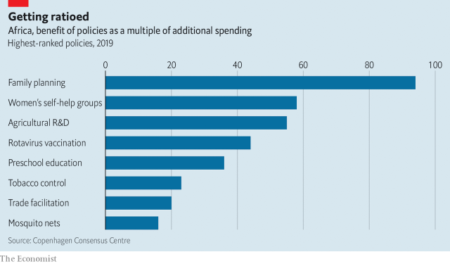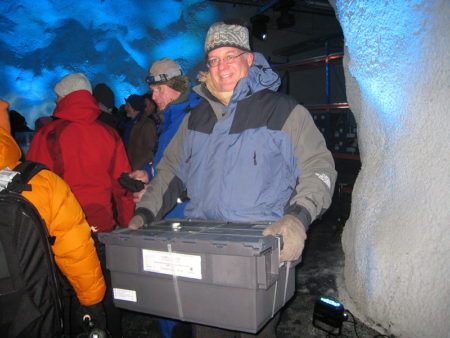Multiplying the budget of CGIAR, the world’s largest global agricultural innovation network, would be a good start. And, in a time of great disruptions, we ought to prioritize Sustainable Development Goal 2.4, implementing resilient agricultural practices, with a greater focus on smallholder farmers in developing countries.
That’s from a post by Asaf Tzachor, research associate at the cheerfully named Centre for the Study of Existential Risk at the University of Cambridge, cheerfully entitled Down the Hunger Spiral: Pathways to the Disintegration of the Global Food System. Hard to argue with, except for maybe that SDG 2.5 may be even more important than 2.4
And it was soon backed up by a piece in The Economist which had agricultural R&D in the top 3 value-for-money development interventions for Africa, according to the Copenhagen Consensus.

So what’s the hold-up?
